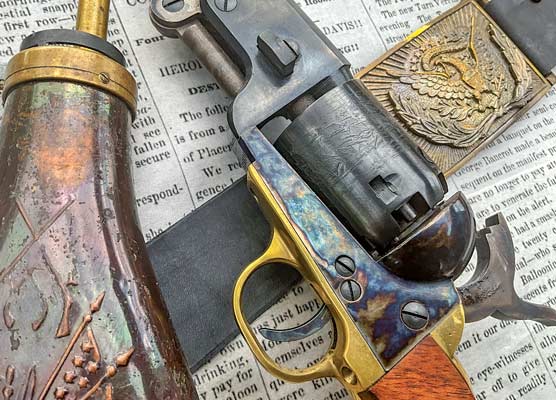Lessons
It is good to have trial support. The NAACP paid for the Sweets’ legal representation. Lawyers of Darrow’s caliber today charge $1,000 an hour, and most people don’t realize the long, arduous trial preparation can run into a four-figure count of those hours. Their case had become a cause célèbre among a significant, sympathetic segment of society and thus drew substantial contributions to pay for the defense. The cost of a defense such as the Sweets’ would easily go seven figures today.
Do not tarnish your own defense. Testifying in the first trial, Dr. Sweet had to admit he had ditched evidence — a pocketful of live cartridges — in a cuspidor near a chair he’d sat in at the police station during his interrogation. Hiding or altering evidence is seen as an “indicia of guilt.” Dr. Sweet’s excuse, which apparently resonated with at least some jurors, was that he feared being framed by the police. Still, this action apparently compromised his credibility with at least some other jurors.
Be certain you can justify your actions before you press the trigger. People throwing rocks at a structure from the outside does not generally warrant a lethal force response in and of itself. The prosecution had a solid argument that Leon Breiner was on his own porch chatting with friends and family and smoking a pipe, with his back to the Sweet home, when he was fatally shot. The wound track — entry in lower back, exit near the navel — was straight horizontal. This, Darrow argued, was inconsistent with a shot fired downward from Henry Sweet’s position on the second floor of 2905 Garland. The prosecution explained that it could be accounted for if Breiner had been leaning slightly forward when shot, but the jury clearly had doubts. It appears Breiner was the classic innocent bystander. Henry Sweet firing intentionally “at the crowd” and striking an uninvolved neighbor would be construable as reckless, wanton behavior and certainly enough to sustain a manslaughter conviction.
Understand that bringing friends into such a conflict can jeopardize them. Only Mrs. Gladys Sweet was allowed bail; the rest of friends and family remained in jail until the last trial was done and the last charges were dropped. They had answered Dr. Sweet’s call for assistance in what they could reasonably see as righteous cause, but all paid a price whether they pulled a trigger or not.
Attorneys can establish multiple branches of reasonable doubt. Detroit Police Officer Frank Gill claimed to see two of the Sweet party open fire from the upper back porch of the home, and said he returned one shot at them himself with his .38 service revolver, from ground level. The defense tried to indicate the cop’s bullet could have traveled parallel across the street, consistent with the trajectory of the fatal wound. If you fire a shot, you should be certain where the bullet is going to end up.
It is critical to understand who is and isn’t part of the mob. At the time of the Sweet incident, historian Vines notes, “Michigan law was clear about what constituted a mob. ‘Ordinance 15001 of Offenses Against the Public Peace defined a mob as ‘12 or more people armed with clubs or other dangerous weapons … or 30 or more, whether armed or not.’” (4) A “mob” is generally seen at law as a group with shared criminal intentions. The legal principle is when such a mob attacks you, each member of the mob — a lynch mob, for example — shares culpability and therefore shares vulnerability to lawful defense of self or others. This is not true of a bystander neighbor on his own porch, and in today’s pattern of urban violence that begins as a peaceful demonstration, does not extend to protesters as opposed to rioters, looters, and those committing arson of occupied dwellings. This helps to explain some of today’s confusion between “protesters” and “rioters and arsonists.” Their identity as one or the other must be determined by their observed actions, not assumption based on their mere presence.
Footnotes: (1): Vine, Phyllis, One Man’s Castle: Clarence Darrow in Defense of the American Dream, Harper-Collins, NY, 2004, P. 113. (2): The [Baltimore] Afro-American, 28 Nov. 1925, P. 1. (3): People v. Henry Sweet, trial transcript published by NAACP, 1927 (4): Vines, op. cit., P. 167
Subscribe To American Handgunner




